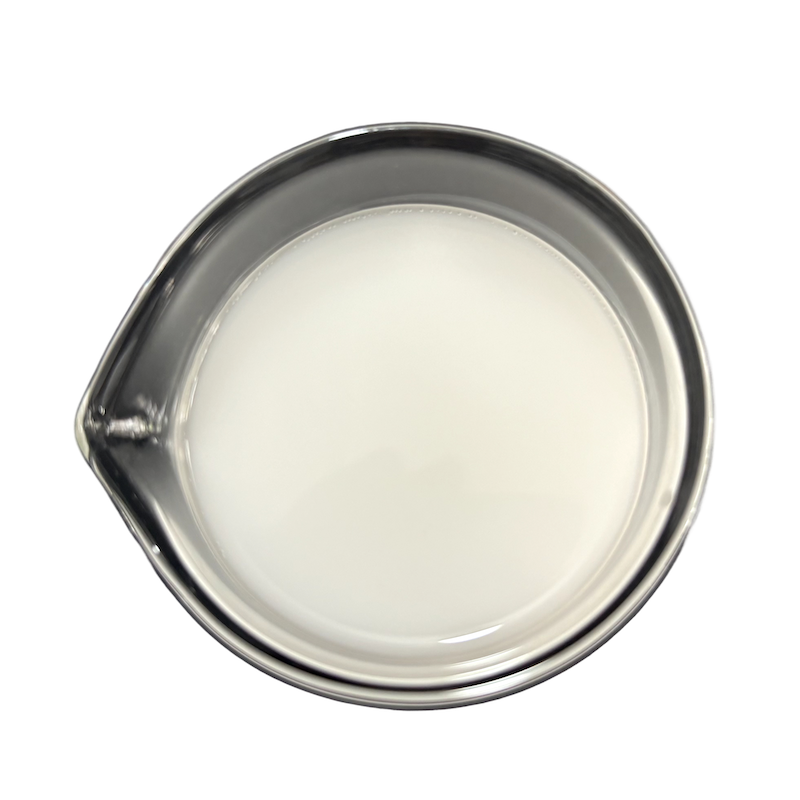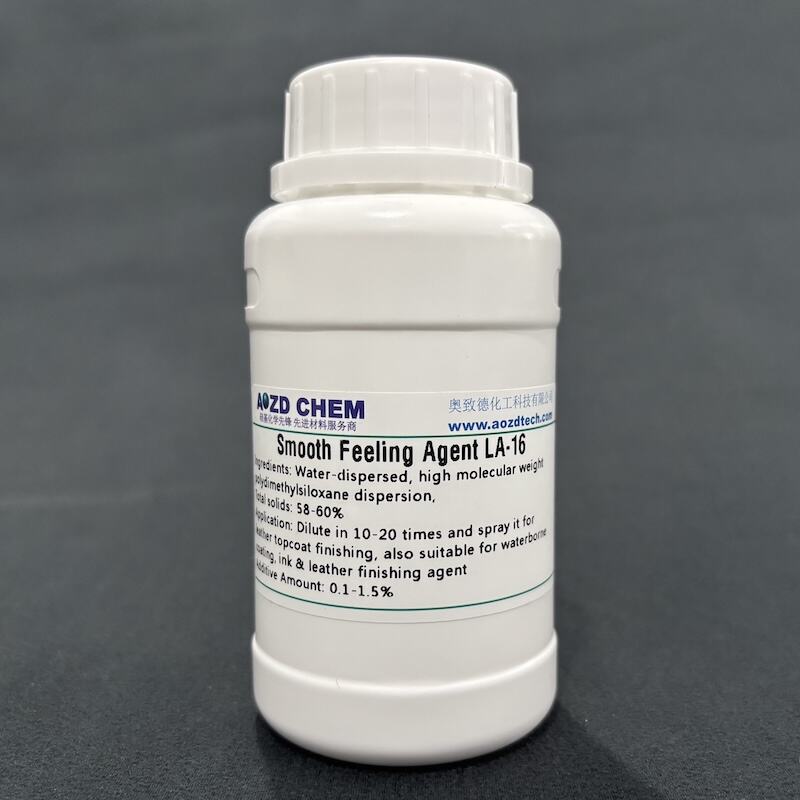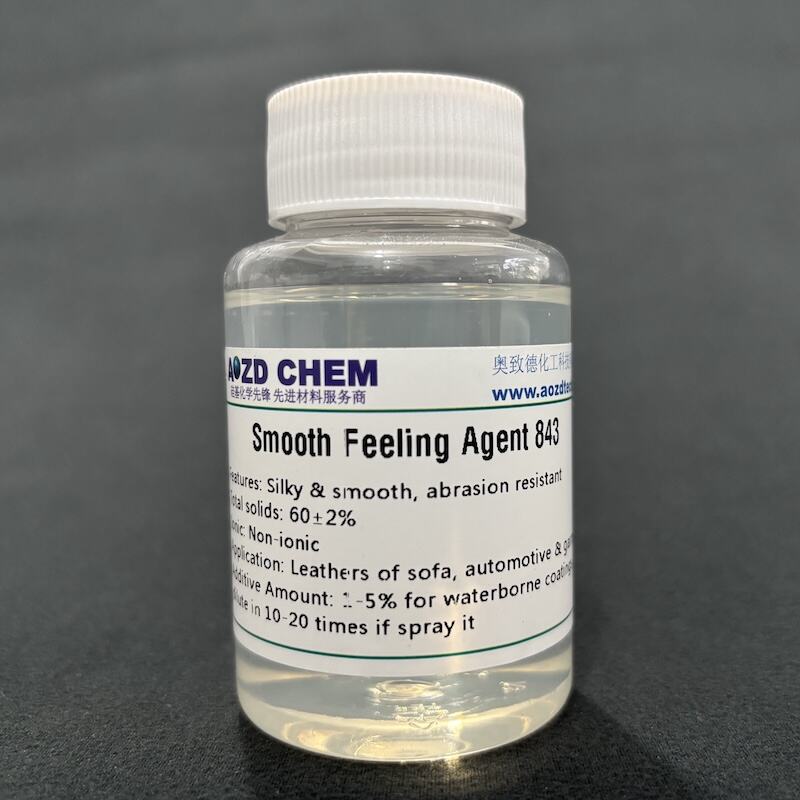best hand feel
The best hand feel represents a crucial aspect of product design that directly impacts user experience and satisfaction. This tactile quality encompasses the perfect balance of texture, weight, ergonomics, and material composition that creates an optimal sensory experience when handling an object. Modern manufacturing techniques utilize advanced materials such as soft-touch polymers, precision-weighted components, and ergonomically designed surfaces to achieve the perfect hand feel. The technology involves careful consideration of surface friction coefficients, thermal conductivity, and pressure distribution to ensure comfortable, extended use. These elements combine to create products that not only function effectively but also provide a premium tactile experience that enhances user engagement and satisfaction. The implementation of best hand feel principles extends across various industries, from consumer electronics and automotive interfaces to professional tools and everyday items. This attention to tactile quality has become increasingly important in product development, as consumers now expect devices and tools to deliver not just functionality but also a superior sensory experience that makes interaction more intuitive and enjoyable.









